How to Choose the Perfect Rug

Hello everyone, today we will talk about how to choose the perfect rug for every area of your home and what we should pay attention to before buying a rug because it may be kind of struggle to decide and pick up one as we know it will probably change the whole vibe and ambiance of your home hence your mood as well, because what you see in where you live is also connected to your mood!
While are unfortunately ending the summer and leading towards a new season, which is a different energy, you may want to redecorate your home and add some changes. In this transition, we want to make it a little bit easier for you to narrow down those results so you can easily pick something for your space.
So, here we go! 🍀
#1 ‑ Style
For this one, you need some inspiration whether it’s from a magazine, our Instagram account or Pinterest. When I say inspiration, I’m not talking about sitting on a chair and trying to design your whole room from a scratch but you should figure out what your taste is and what kind of style you want when you are looking up for beautiful spaces.
To be more specific, you can pick or save 2‑3 images and try to see what’s in common between these photos and what’s consistent. Is that the colour, style or something about the material? Are there any patterns there or are they solid?
When you spot these details, you will already have an important clue about your style and what you might be looking for! 🧡

#2 – Sizing
There are different sizes and even shapes when you are picking your rug.
And they always say bigger is better. Try to maximize that rug while still giving your room a little bit of breathing space 🌬 You should have a little bit of floor showing underneath the rug but ‘’maximizing’’ is the key!
If you’re still unsure about what size you want, you can go to our website, click on any product and scroll down little bit, find the size guide and see how that size will look.

#3 – Material
There are lots of information about it but in a nutshell, polyester rugs are perfect for indoors. For your entrance or living room, if you think it’s high traffic area or you have kids or pets, you may want to gravitate towards polyester rugs. Because they are family, kids and pet friendly and perfect for washability and cleaning and the last but not the least, in this kind of high traffic areas you can also go for anti‑slip rugs to maximize the efficiency while they are already looking beautiful.
For bedrooms, it actually depends on what you have on your floor. If you have hard wood, you can do anything. However, if you already have a carpet, you may want to gravitate for fluffier selections that have fringes to create an effortless contrast in your bedroom.

#4 – Shopping
Where you will shop from is as important as what you’ll purchase. Especially if you’ll shop online, does that brand have next‑day delivery, affordable prices for high quality and longevity products? Or do they have completely free returning policy?
I guess I know a company that exactly ticks all the boxes ✅
If you know what I mean… 😇
Hopefully we have been helpful about how to choose the perfect rug for your home! 🧡
How to Choose the Perfect Rug for Living Room: Tips for a Stylish Space
Selecting the perfect rug for your living room involves balancing style, comfort, and functionality. Start by considering the size of your space and the layout of your furniture. A larger rug can anchor the room and create a cohesive look, while a smaller rug can define specific areas. Choose a material that suits your lifestyle; for example, wool is durable and cosy, while synthetic fibres are easy to clean. Consider the colour and pattern of the rug to complement your existing decor. Finally, think about the pile height – low-pile rugs are easier to clean and better for high-traffic areas, while high-pile rugs add luxury and comfort.
How to Pick a Rug Color: Matching Your Decor
Choosing the right rug colour can enhance your room's overall aesthetic. Start by considering the existing colour scheme of your room. If your furniture and walls are neutral, a bold rug can add a pop of colour and become a focal point. Conversely, if your room already has a lot of colour, a neutral rug can balance the space. Consider the mood you want to create – warm colours like red and orange can make a room feel cosy, while cool colours like blue and green can create a calming effect. Remember to consider practicality; darker colours can hide stains better in high-traffic areas.
How to Pick a Rug Color for Living Room: Enhancing Your Space
When picking a rug colour for your living room, think about how it will interact with your existing decor. A complementary colour can tie the room together, while a contrasting colour can make a bold statement. Consider the amount of natural light your living room receives; lighter colours can make a space feel larger and brighter, while darker colours can add warmth and intimacy. If you have pets or children, patterns and darker shades can help hide dirt and stains. Always test a swatch in your living room to see how the colour looks in different lighting conditions.
How to Choose a Rug Size for Living Room: Getting the Proportions Right
Choosing the right rug size for your living room is crucial for creating a balanced look. A common rule is to ensure that the rug is large enough to fit under all the main furniture pieces in the seating area. Typically, this means the rug should extend at least 15-25 cm beyond the edges of your sofa and chairs. For smaller living rooms, a rug that fits just under the front legs of your furniture can also work well. In open-plan spaces, a larger rug can help define the living area. Always measure your space and consider the layout before purchasing a rug.
How to Choose a Rug for Bedroom: Comfort and Style
Selecting a rug for your bedroom involves prioritising comfort and style. Opt for soft, plush materials like wool or shag for a cosy feel underfoot. The rug should be large enough to extend beyond the sides and foot of your bed, creating a warm landing spot. Consider neutral or calming colours to promote relaxation. If you have a smaller bedroom, a runner rug on either side of the bed can also work well. Remember to choose a rug that complements your bedroom decor and adds to the overall comfort of the space.
How to Choose a Rug for Living Room: Balancing Function and Aesthetics
When choosing a rug for your living room, consider both function and aesthetics. The rug should be durable enough to withstand foot traffic and any potential spills. Look for materials like wool or synthetic blends that are easy to clean. The style and pattern of the rug should complement your existing decor; for example, a modern geometric pattern can add interest to a contemporary space, while a traditional Persian rug can bring warmth to a classic interior. Ensure the rug is proportional to your furniture layout, creating a cohesive and inviting space.
How to Pick Rugs That Go Together: Creating a Harmonious Look
If you're using multiple rugs in a room or throughout your home, it's important to choose rugs that complement each other. Start by selecting a common colour palette that ties the rugs together. You can mix different patterns, but ensure they share at least one colour to create a cohesive look. Consider the scale of the patterns; pairing a large-scale pattern with a smaller, more subtle one can create balance. If you're mixing textures, ensure they complement each other and suit the overall style of your home. Remember, the goal is to create a harmonious flow from one space to another.
Choose Rug Style for Living Room: Matching Your Decor
Choosing the right rug style for your living room involves considering your overall decor theme. For a modern living room, opt for rugs with clean lines and geometric patterns. If your style is more traditional, consider Persian or Oriental rugs with intricate designs. For a bohemian look, choose rugs with vibrant colours and eclectic patterns. Minimalist spaces benefit from simple, solid-colour rugs or those with subtle textures. Remember to consider the material and durability of the rug to ensure it meets your lifestyle needs.
How to Pick a Rug Color: Enhancing Your Space
Selecting the right rug colour can significantly impact your room's ambiance. Consider the existing colour scheme and choose a rug that complements or contrasts effectively. For a cohesive look, match the rug colour with accent colours in your decor. If you want to make a statement, choose a bold, contrasting colour. Neutral colours like beige, grey, or white can create a calm, serene environment. Remember to consider the room's lighting as it can affect how the rug colour appears.
How to Pick a Rug Color for Living Room: Creating a Harmonious Space
When choosing a rug colour for your living room, think about how it will interact with your furniture and decor. A neutral rug can balance a room with bold furniture, while a colourful rug can add interest to a neutral space. Consider the mood you want to create; warm colours like red and orange can make a room feel cosy, while cool colours like blue and green can create a calming effect. Patterns can also play a role in colour choice; a patterned rug can tie together multiple colours in your decor.
How to Choose a Rug for Living Room: Balancing Function and Aesthetics
Selecting a rug for your living room involves balancing function and aesthetics. Consider the size of your space and the layout of your furniture. A larger rug can anchor the room and create a cohesive look, while a smaller rug can define specific areas. Choose a material that suits your lifestyle; wool is durable and cosy, while synthetic fibres are easy to clean. Consider the colour and pattern of the rug to complement your existing decor. Finally, think about the pile height; low-pile rugs are easier to clean and better for high-traffic areas, while high-pile rugs add luxury and comfort.
How to Pick a Rug Color for Bedroom: Creating a Serene Retreat
Choosing the right rug colour for your bedroom can enhance the room's tranquillity and style. Opt for soft, calming colours like pastels or neutrals to create a serene atmosphere. If your bedroom decor is neutral, a bold rug can add a pop of colour and interest. Consider the overall colour scheme and choose a rug that complements your bedding and furniture. Patterns can also add visual interest; a subtle pattern can create depth without overwhelming the space. Remember to consider the lighting in your bedroom, as it can affect how the rug colour appears.
What to consider when choosing a rug?
Consider the room's size, existing decor, traffic level, and your budget. Think about the material's durability, ease of cleaning, and how the color and pattern complement your space.
Should a rug be darker or lighter than the floor?
There's no strict rule, but generally, a rug that contrasts with the floor creates visual interest. Lighter rugs on dark floors can brighten a space, while darker rugs on light floors can ground the room.
How can you tell a good rug?
Look for tight weaves, even patterns, and rich, consistent colors. Good rugs have sturdy edges, lie flat, and feel dense and substantial when handled.
What are the rug rules?
Key rug rules include:
- Proper sizing for the room
- Consistent placement under furniture
- Complementing the room's style
- Considering traffic patterns
- Layering for added interest
Which type of rug is best?
The best rug type depends on your needs. Wool rugs are durable and luxurious, silk rugs are elegant but delicate, while synthetic rugs offer affordability and easy maintenance.
What determines the quality of a rug?
Quality is determined by materials used, construction method, knot density, dye quality, and overall design. The reputation of the manufacturer or region of origin also plays a role.
What shape rug is best?
The best rug shape depends on your room layout. Rectangular rugs are versatile, round rugs work well in small spaces or under round tables, while runners are ideal for hallways.
How do you match a rug to a room?
Match a rug to a room by considering the room's color scheme, furniture style, and overall aesthetic. Choose a rug that complements rather than matches exactly. Consider pattern scale and texture as well.
How to pick a timeless rug?
Choose a timeless rug by opting for classic patterns like Persian or Oriental designs. Select neutral colors or muted tones that won't quickly go out of style. Focus on high-quality materials and craftsmanship.
What makes a fine high-quality rug?
High-quality rugs feature premium materials, expert craftsmanship, high knot density, natural dyes, and intricate, well-executed designs. Durability and aesthetic appeal are key factors.
What color rug makes a room look bigger?
Light-colored rugs, especially in white, cream, or pale gray, can make a room appear larger. Solid colors or subtle patterns also contribute to a more spacious feel.
What is the best color for a rug?
The best color depends on your room and preferences. Neutral tones like beige or gray are versatile, while bold colors can make a statement. Consider your room's color scheme and desired atmosphere.
Should your rug match your wall color?
Your rug doesn't need to match your wall color exactly. Instead, aim for complementary colors or choose a rug that picks up accent colors from your walls or other decor elements.
Do dark rugs make a room look small?
Dark rugs can make a room look smaller, especially in already compact spaces. However, they can also create a cozy atmosphere and ground larger rooms effectively when used strategically.
What color rug doesn't show dirt?
Multi-colored rugs with intricate patterns tend to hide dirt best. Medium-toned rugs in colors like gray, brown, or taupe are also effective at concealing dirt and stains.
What is the rule for a rug under a couch?
The general rule is that a rug should extend at least 6 inches beyond each side of the couch. Ideally, all furniture legs should be on the rug, or at least the front legs for a cohesive look.
Why are Turkish rugs so expensive?
Turkish rugs are expensive due to their handcrafted nature, high-quality materials, intricate designs, and cultural significance. The time-intensive process and skilled artisanship contribute to their value.
What is the difference between Turkish and Persian rugs?
While both are high-quality, Turkish rugs typically have a higher knot count and use a double knot technique. Persian rugs often feature more intricate, curvilinear designs, while Turkish rugs may have more geometric patterns.
How to tell if a rug is expensive?
Expensive rugs often have higher knot counts, use premium materials like silk or fine wool, and feature intricate designs. They may also have certifications or come from renowned manufacturers.
How can you tell if a rug is good quality?
Look for dense, tightly packed fibers, uniform color, and resilience when pressed. Check for natural materials, hand-knotted construction, and reputable brands or certifications of origin.
How do you match a room to a rug?
Match a room to a rug by considering the existing color scheme, furniture style, and overall aesthetic. Use the rug to tie together different elements in the room or to introduce a new accent color.
Should I get light or dark area rug?
Choose based on your room's needs. Light rugs can brighten and enlarge a space, while dark rugs can add coziness and ground a room. Consider factors like room size, existing decor, and maintenance preferences.
What makes an area rug high quality?
High-quality area rugs feature durable materials, expert construction, tight weaves, and even patterns. Look for natural fibers, hand-knotted or hand-tufted construction, and color fastness.
How do I choose a rug size?
Choose a rug size based on your room dimensions and furniture arrangement. For living rooms, aim for all furniture legs to be on the rug. In dining rooms, ensure the rug extends beyond chair legs when pulled out.
What rugs do designers use?
Designers often use a mix of vintage and contemporary rugs, favoring high-quality materials and unique designs. Popular choices include Persian, Moroccan, and modern abstract rugs.
What are the two most important factors when purchasing an area rug?
The two most important factors are size and quality. The right size ensures proper placement and proportion, while quality determines the rug's durability, appearance, and long-term value.
What shape should my rug be?
Your rug shape should complement your room layout and furniture arrangement. Rectangular rugs are versatile for most spaces, round rugs work well in compact areas or under round tables, and runners suit hallways or galley kitchens.
What kind of rug is popular?
Currently, popular rug styles include vintage-inspired designs, Moroccan-style rugs, minimalist Scandinavian patterns, and bold, geometric prints. Natural fiber rugs like jute or sisal are also trending.
How should a rug look in the living room?
In the living room, a rug should anchor the seating area, ideally with all furniture legs on the rug. It should complement the room's color scheme and be large enough to define the conversation area.
Should rug be wider than bed?
Yes, a bedroom rug should be wider than the bed on both sides. Aim for the rug to extend at least 18-24 inches beyond the sides of the bed for a balanced look and comfortable foot landing.
Should you buy a rug first or last?
It's often easier to buy a rug last, after selecting major furniture pieces. However, if you find a rug you love, it can serve as inspiration for the room's color scheme and overall design direction.
How to match a rug to a room?
Match a rug to a room by considering the existing color palette, furniture style, and overall aesthetic. Choose a rug that complements the space without overwhelming it, and consider texture and pattern scale.
How do I know what color rug to get?
Consider your room's existing color scheme, desired atmosphere, and practical needs. Neutral rugs offer versatility, while bold colors can make a statement. Look at your room's dominant and accent colors for guidance.
How can you tell a good rug?
Identify a good rug by examining its construction quality, material, and design. Look for tight weaves, even patterns, rich colors, and a substantial feel. Check the knot count for hand-knotted rugs.
What makes a rug luxurious?
Luxurious rugs often feature high-quality materials like silk or fine wool, intricate designs, high knot counts, and expert craftsmanship. They may also have historical or artistic significance.
How do I choose a rug that matches?
To choose a matching rug, consider your room's color scheme and style. Look for rugs that complement existing furniture and decor. Pay attention to the rug's pattern and texture, ensuring they harmonize with your space. Consider the room's function and choose a rug that suits the level of foot traffic and use.
How to tell if a rug is good quality?
Assess a rug's quality by examining its construction and materials. Look for tight, even weaving and a dense pile. High-quality rugs often use natural fibers like wool or silk. Check the rug's backing for durability. Hand-knotted rugs typically offer superior quality compared to machine-made ones. Consider the rug's weight, as heavier rugs often indicate better quality.
How do you choose the right size rug?
Selecting the right rug size involves measuring your space and considering furniture placement. For living rooms, ensure the rug is large enough for at least the front legs of all seating to rest on it. In dining rooms, choose a rug that extends at least 24 inches beyond the table's edges. For bedrooms, place large rugs under the bed with ample visible rug on all sides.
Should a rug match the sofa or walls?
A rug doesn't need to exactly match your sofa or walls, but it should complement them. Consider choosing a rug that incorporates colors from both your sofa and walls to tie the room together. Alternatively, use the rug to add a contrasting element that enhances your overall color scheme. The key is to create a cohesive look that balances your room's elements.
Should 2 rugs in the same room match?
Two rugs in the same room don't need to match exactly, but they should coordinate harmoniously. Choose rugs with complementary colors, patterns, or textures. You can use rugs of different styles if they share a common element, such as color or material. Ensure the rugs don't compete for attention but rather work together to enhance the room's overall aesthetic.
How can you tell if a Turkish rug is good quality?
Identify a high-quality Turkish rug by examining its knot density and materials. Look for tightly woven, symmetrical knots on the back of the rug. Quality Turkish rugs often use natural dyes and materials like wool or silk. Check for even patterns and rich, deep colors. Hand-knotted rugs are typically of higher quality than machine-made ones. Consider the rug's age and provenance, as antique Turkish rugs can be particularly valuable.
What is the best quality material for a rug?
The best quality rug materials are often natural fibers like wool, silk, and cotton. Wool is particularly prized for its durability, softness, and natural stain resistance. Silk offers luxurious sheen and intricate detailing but is less durable. For high-traffic areas, consider synthetic materials like nylon or polypropylene, which offer durability and stain resistance. The best material depends on the rug's intended use and location.
How to spot an expensive rug?
Expensive rugs often feature intricate designs and high knot counts. Look for hand-knotted construction, which is more valuable than machine-made rugs. Natural materials like silk or high-quality wool indicate a higher price point. Antique or rare rugs from renowned weaving regions can be particularly expensive. Check for even, tight weaving and rich, complex colors achieved through natural dyes.
Should rugs be neutral or colorful?
The choice between neutral and colorful rugs depends on your room's design and function. Neutral rugs offer versatility and can easily blend with various decor styles. They're ideal for rooms with bold furniture or artwork. Colorful rugs, on the other hand, can serve as statement pieces, adding vibrancy and personality to a space. Consider your overall design scheme and personal preferences when making this choice.
Is a heavier rug better?
Generally, a heavier rug often indicates better quality and durability. Weight can signify denser pile and higher knot count, which contribute to the rug's longevity and comfort. Heavier rugs tend to lay flatter and stay in place better. However, weight alone doesn't determine quality; consider other factors like material, construction, and intended use when assessing a rug's value.
Is it better to go bigger or smaller with a rug?
It's generally better to go bigger with a rug when in doubt. A larger rug can make a room feel more spacious and cohesive. It allows for better furniture placement, with at least the front legs of all seating on the rug in living rooms. However, ensure the rug doesn't overwhelm the space. Leave some floor visible around the edges for balance. The right size depends on your room's dimensions and furniture arrangement.
What color rug for grey couch?
For a grey couch, consider rug colors that complement or contrast effectively. Neutral tones like beige or cream can create a calming, cohesive look. For a bolder approach, try jewel tones like navy, emerald, or burgundy. Pastel shades can soften the grey, while patterns incorporating grey can tie the look together. Consider your overall room color scheme and the mood you want to create when choosing the rug color.
How big do I want my rug?
The ideal rug size depends on your room dimensions and furniture layout. In living rooms, aim for a rug large enough to accommodate at least the front legs of all seating furniture. For dining rooms, ensure the rug extends at least 24 inches beyond the table edges. In bedrooms, the rug should frame the bed, extending 18-24 inches on all visible sides. Always measure your space and consider traffic flow when determining rug size.
What is the rug rule for sofas?
The general rug rule for sofas is to ensure that at least the front legs of all seating furniture rest on the rug. This creates a cohesive seating area and anchors the furniture. In larger rooms, aim for all furniture legs to be on the rug. For smaller spaces or budget constraints, ensure at least the front legs are on the rug. This rule helps define the seating area and creates a visually pleasing arrangement.
Should my rug be lighter or darker than my sofa?
The choice between a lighter or darker rug depends on your overall room design. A lighter rug can brighten the space and make it feel larger, while a darker rug can add depth and coziness. Consider contrast: a lighter rug can beautifully offset a dark sofa, while a darker rug can ground a light-colored sofa. Also, think about practicality – lighter rugs show dirt more easily, while darker rugs can hide stains better.
Should a rug be in the middle of the room?
Placing a rug in the middle of the room often works well, but it's not a strict rule. The rug should be centered on the main furniture grouping rather than the room itself. In living rooms, center the rug on the seating area. For dining rooms, center it under the table. The key is to create a balanced, cohesive look that complements your furniture arrangement and enhances the room's flow.
Do Persian rugs have to match?
Persian rugs don't necessarily have to match each other or your existing decor. Their intricate designs and rich colors often allow them to stand as statement pieces. However, consider choosing Persian rugs with complementary color schemes or patterns if using multiple in one space. The key is to create a harmonious look that enhances your overall interior design while showcasing the rugs' unique beauty.
Can a room have too many rugs?
While multiple rugs can add depth and interest to a room, there is a point where it can become overwhelming. Balance is key. Too many rugs can make a space feel cluttered and disjointed. If using multiple rugs, ensure they complement each other and serve distinct purposes, such as defining different areas within a large room. Consider the room's size and existing decor when deciding on the number of rugs.
Are Turkish or Persian rugs better?
Both Turkish and Persian rugs are renowned for their quality, and neither is inherently better. The choice depends on personal preference and specific needs. Persian rugs often feature more intricate, curvilinear designs and a wider range of colors. Turkish rugs typically have bolder, more geometric patterns and may use brighter colors. Both offer excellent craftsmanship and durability. Consider the rug's intended use and your decor style when choosing between them.
How do you know if a rug is nice?
To determine if a rug is nice, examine its construction, materials, and design. Look for tight, even weaving and a dense pile. High-quality rugs often use natural fibers like wool or silk. Check for symmetry in the pattern and rich, vibrant colors. Hand-knotted rugs typically indicate higher quality. Consider the rug's origin, age, and craftsmanship. A nice rug should feel soft yet durable underfoot and enhance your space aesthetically.
Are Turkish rugs worth money?
Turkish rugs can be highly valuable, especially antique or hand-knotted pieces. Their worth stems from factors like age, rarity, materials, knot density, and design complexity. High-quality Turkish rugs often appreciate in value over time, making them good investments. However, not all Turkish rugs are equally valuable. Modern, machine-made rugs are generally less expensive. When considering a Turkish rug's worth, consult experts and consider its provenance and condition.
What should the carpet match?
Your carpet should primarily match your overall interior design theme. Consider coordinating with wall colors, furniture, and other decor elements to create a cohesive look. However, exact matching isn't necessary. The carpet can complement or contrast with existing elements. For versatility, neutral carpet colors often work well. In high-traffic areas, consider darker shades or patterns that hide wear. Ultimately, choose a carpet that enhances your space's aesthetics and meets your practical needs.
Related Blog Posts
How to Choose the Best Area Rug
Easiest Rug Ideas For Your Home
Related Rug Collections
Area Rugs




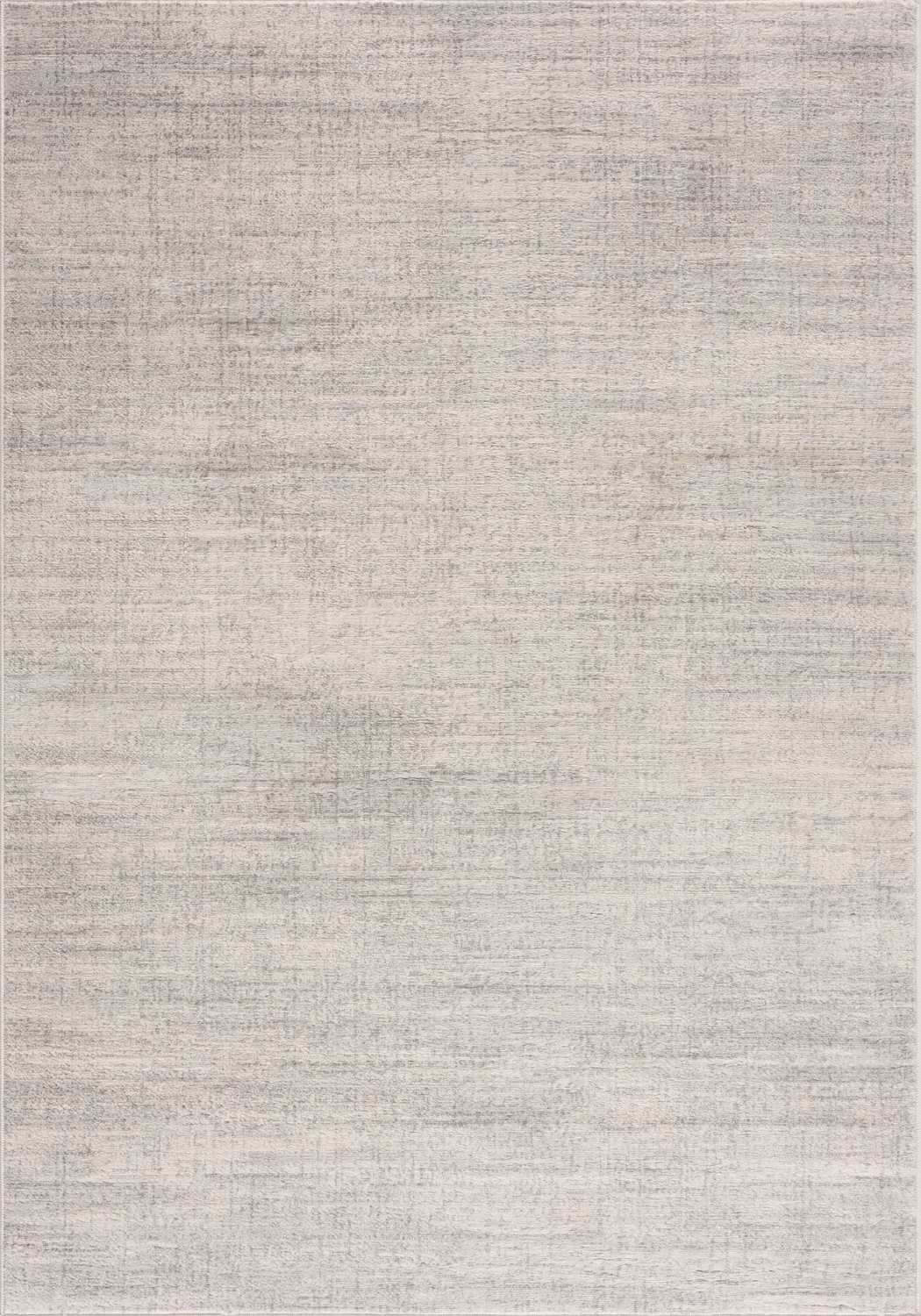
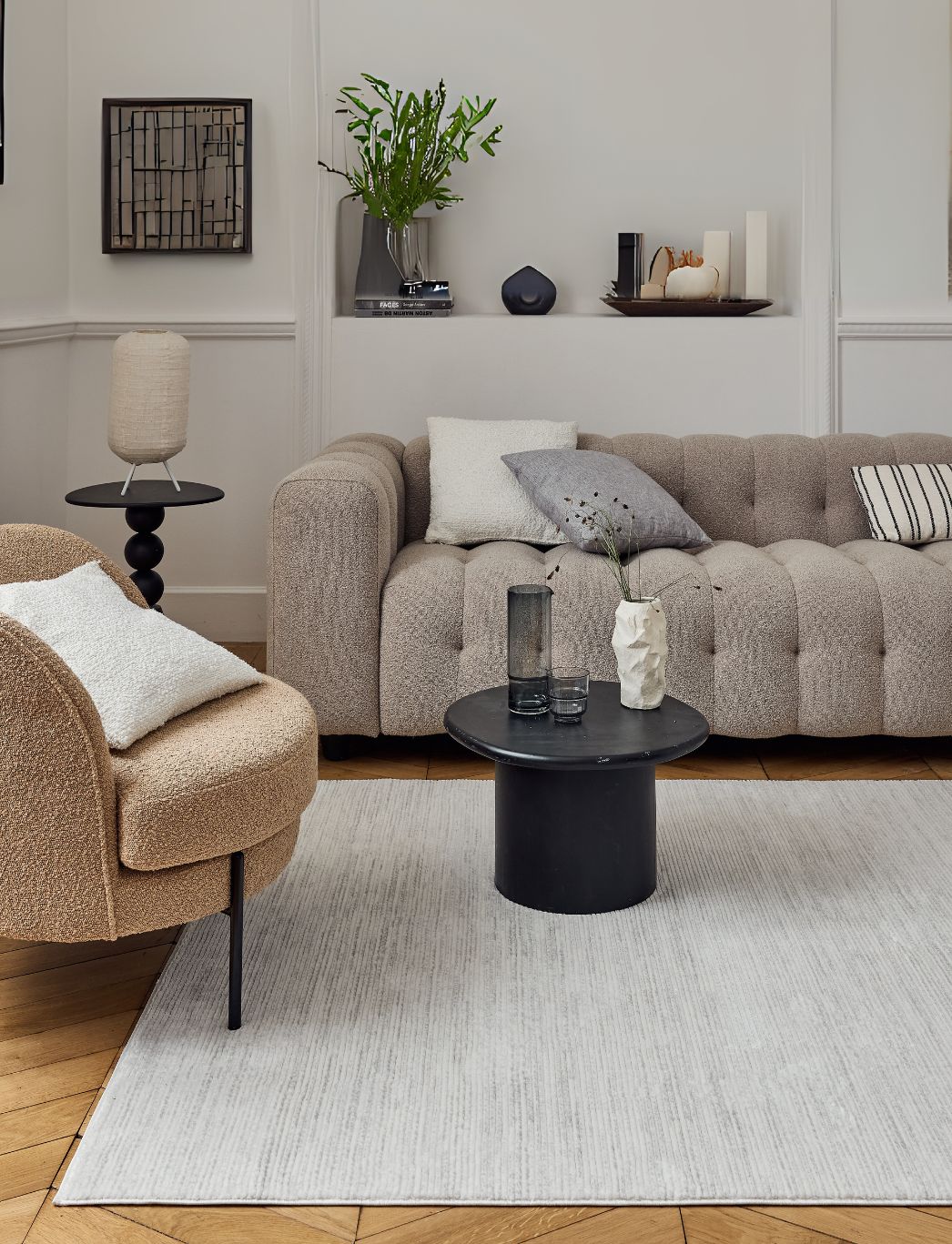
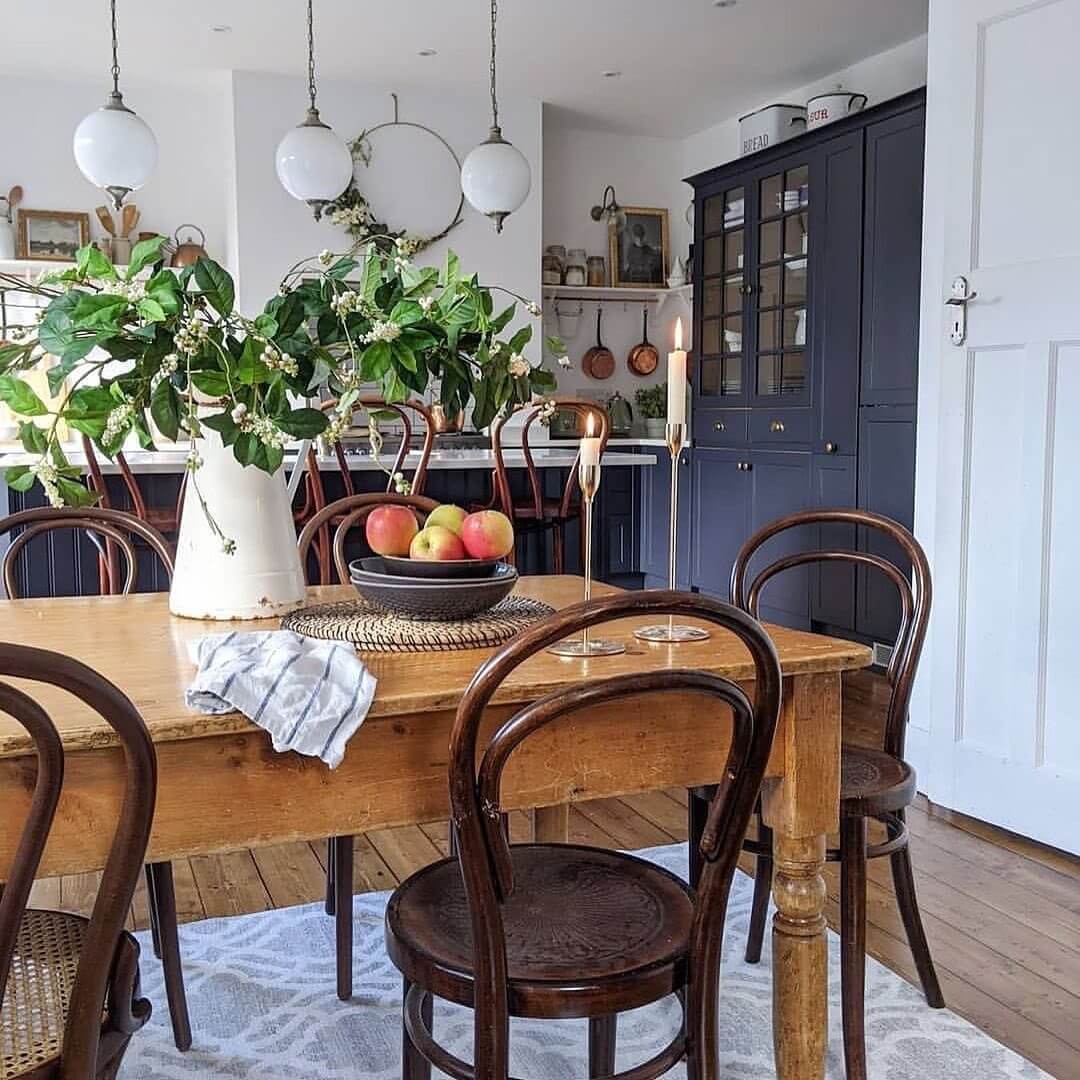
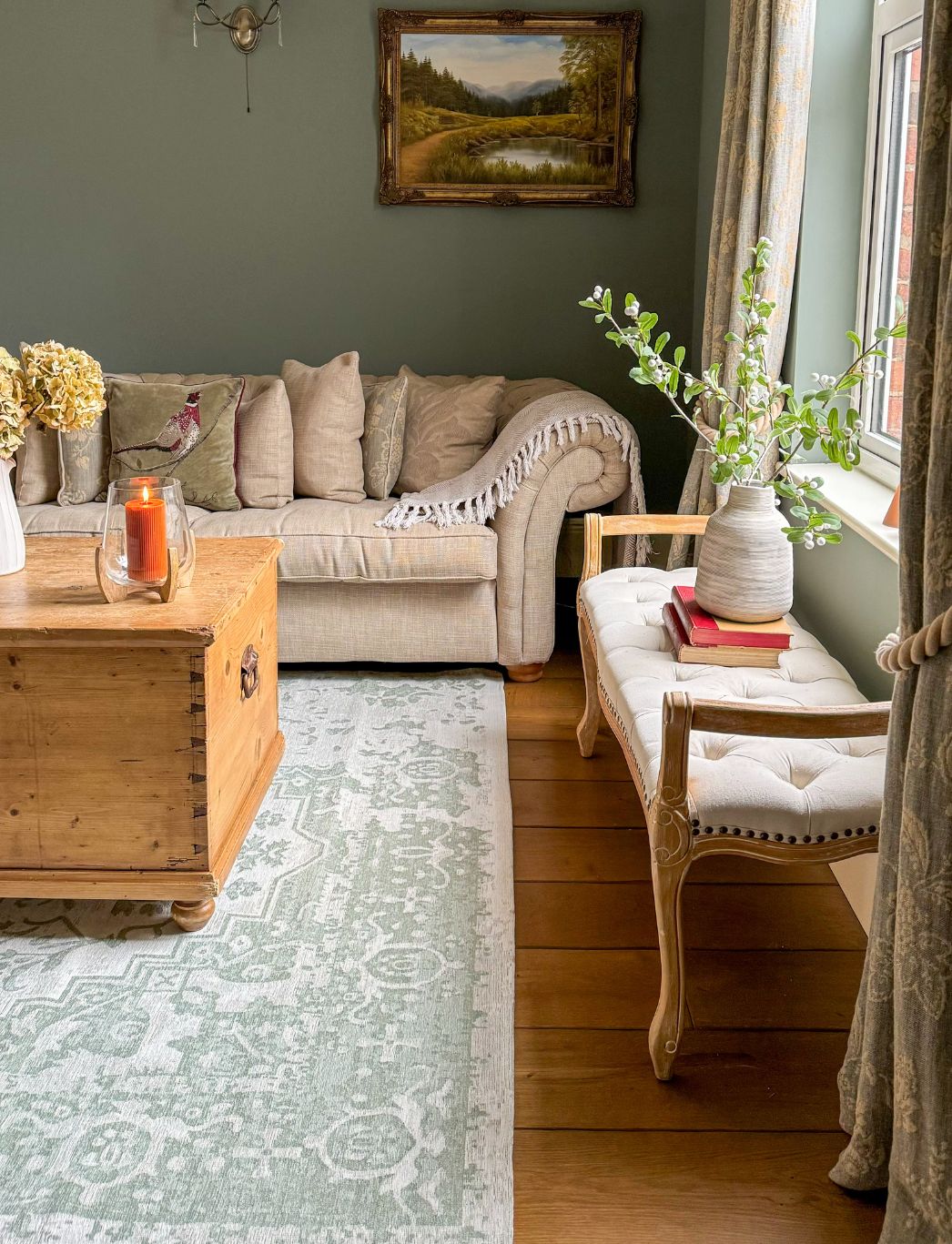
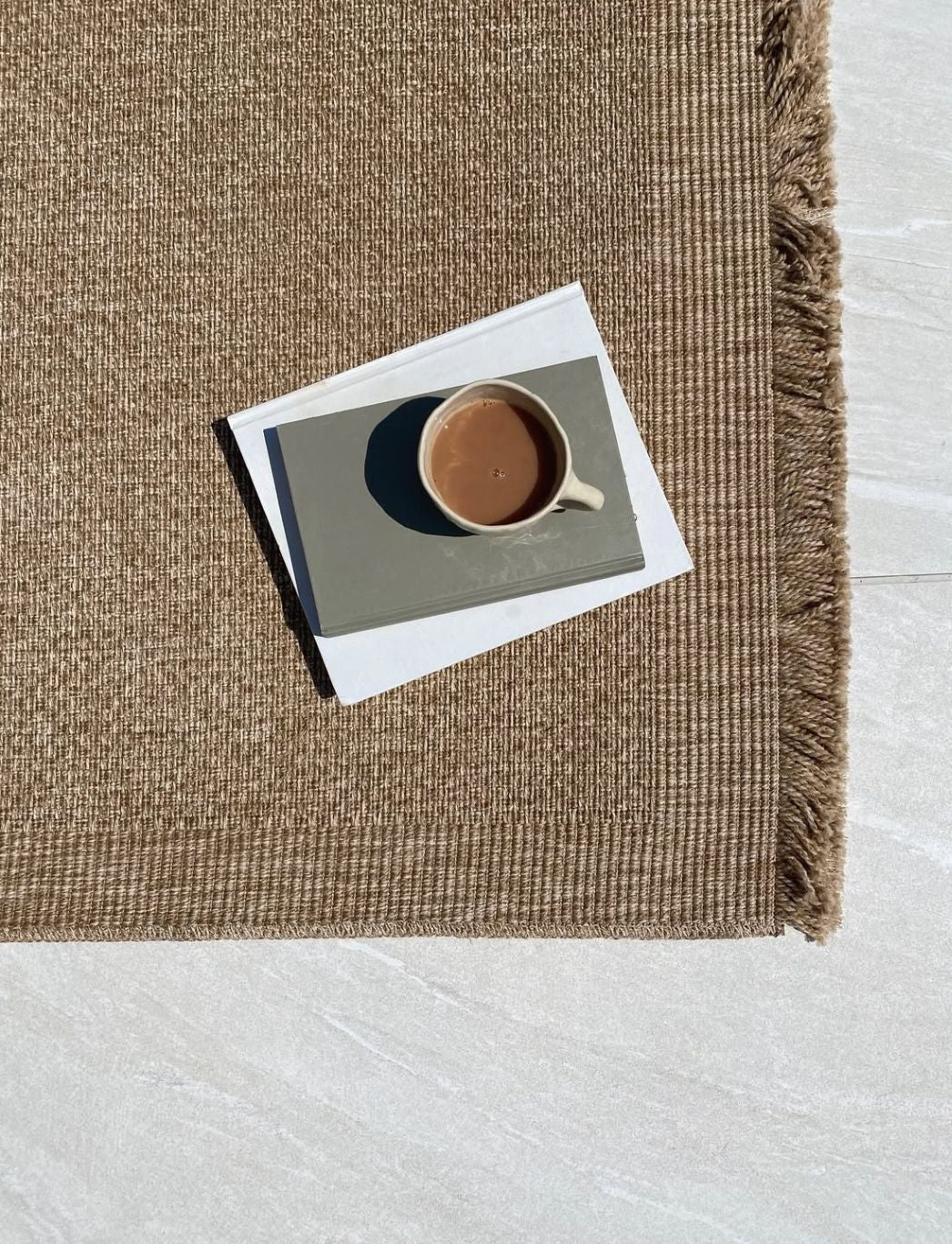
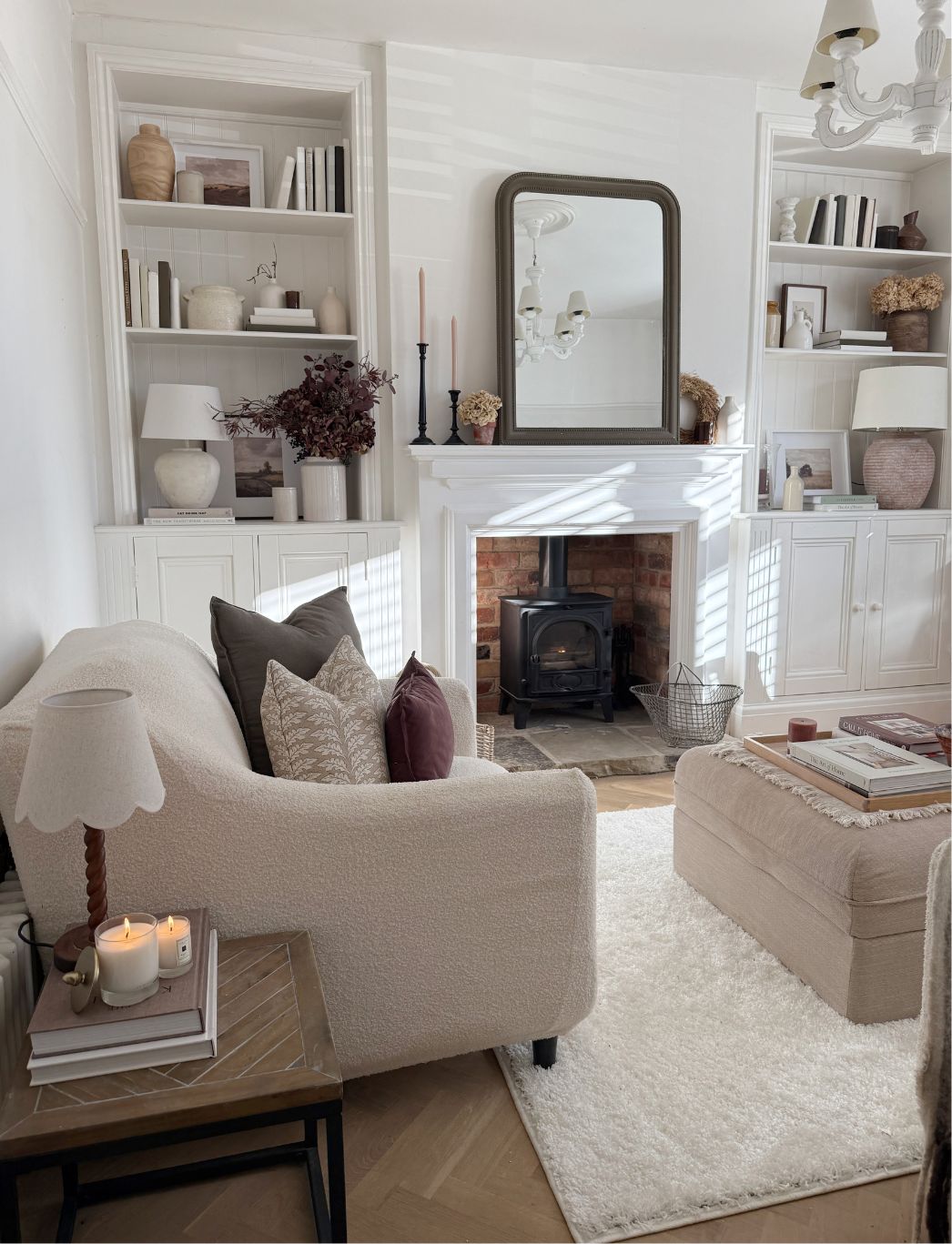
Leave a comment